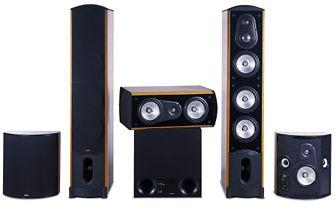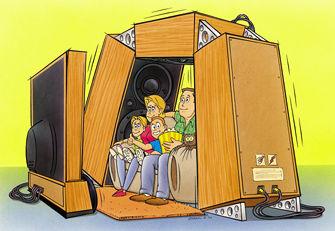Chris Lewis
|
Nov 04, 2002 |
Published: Nov 05, 2002
|
Jul 11, 2002 |
Published: Jul 12, 2002
|
Jun 11, 2002 |
Published: Jun 12, 2002
|
May 09, 2002 |
Published: May 10, 2002
|
Apr 09, 2002 |
Published: Apr 10, 2002
|
Apr 09, 2002 |
Published: Apr 10, 2002
|
Feb 02, 2002 |
Published: Feb 03, 2002
|
Feb 02, 2002 |
Published: Feb 03, 2002
|
Jan 03, 2002 |
Published: Jan 04, 2002
|
Jan 03, 2002 |
Published: Jan 04, 2002














